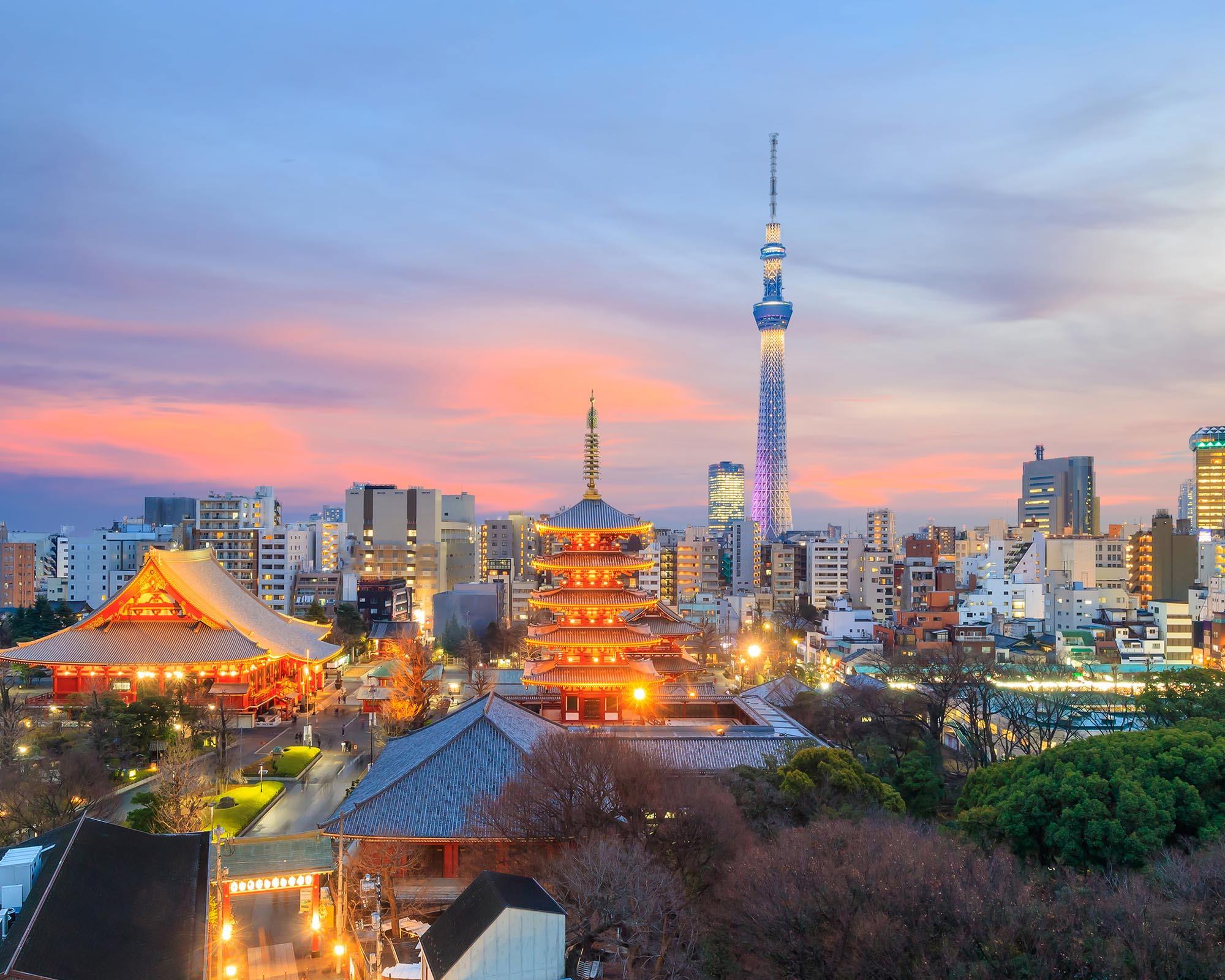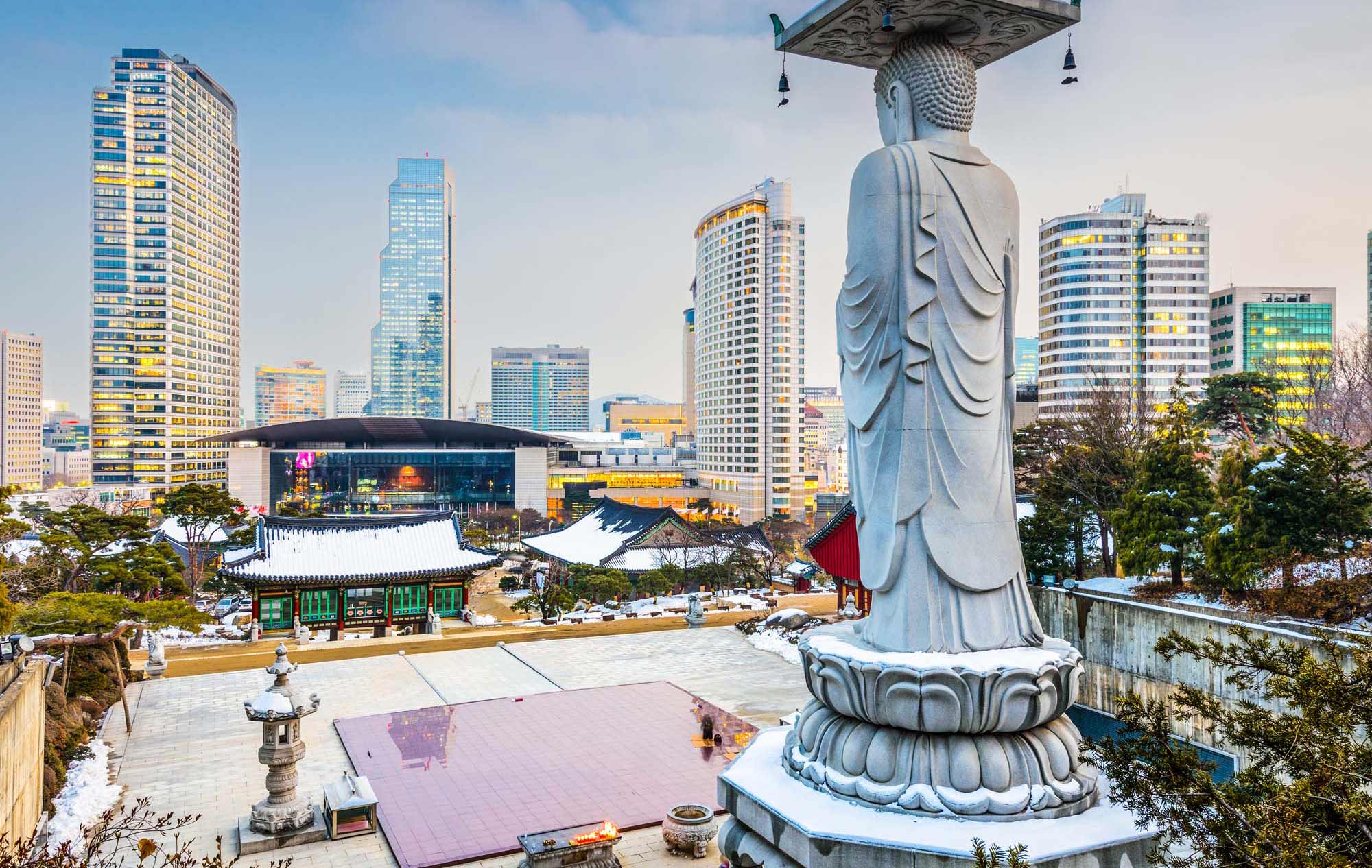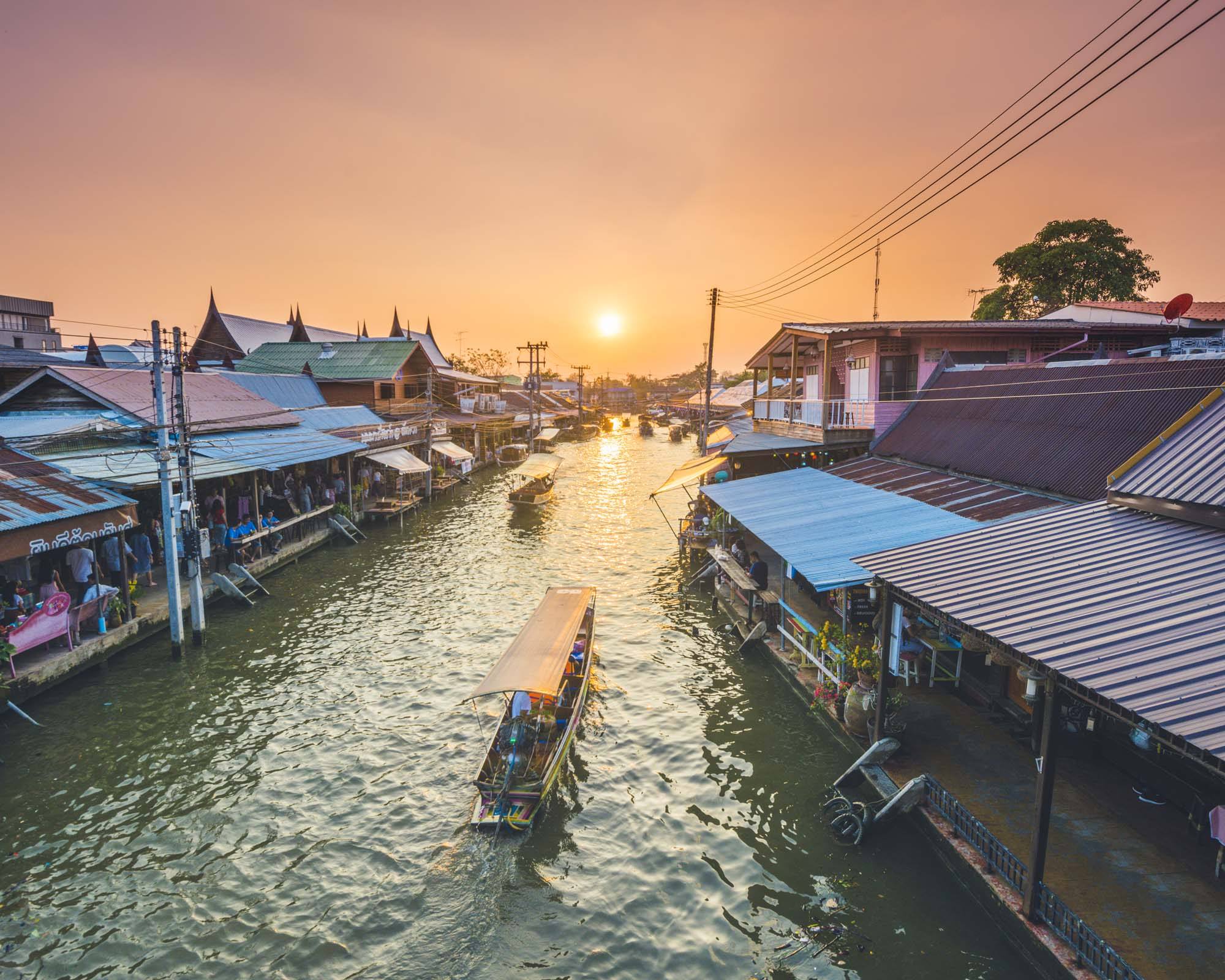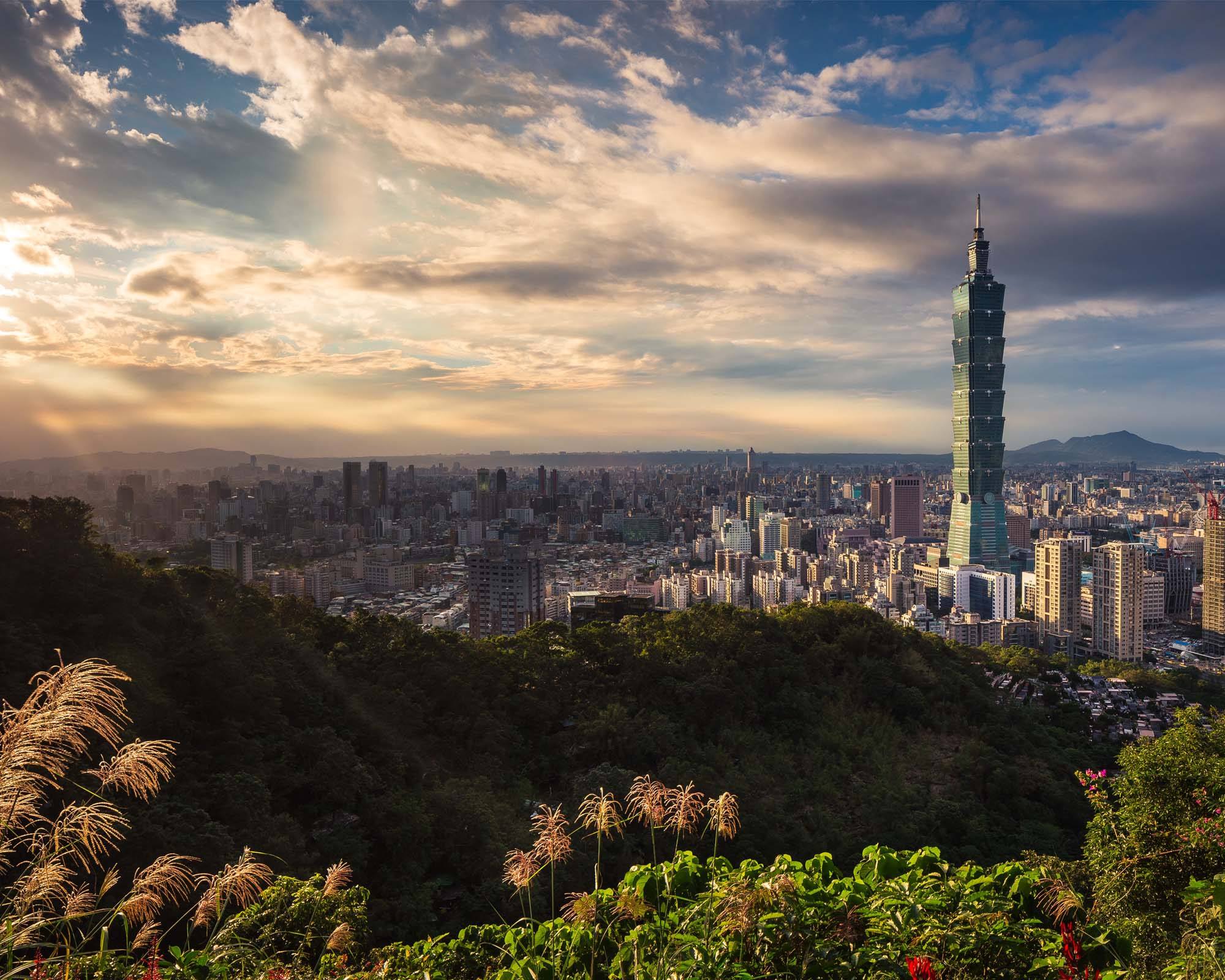After the signing of the Sino-British Joint Declaration in 1984, there was only one date on Hong Kong’s calendar: 30 June 1997. Millions of words were written, locally and globally, anticipating the new symbols of Hong Kong. These soothsayers were often uncheerful. Then Hong Kong stepped into its future and a funny thing happened: life carried on.
What really changed the Special Administrative Region was anticipated by no-one. The Asian financial crisis (which began when Thailand devalued its currency on 2 July 1997) and a nasty strain of flu in 2003 (which, by unfortunate coincidence, bore the city’s new initials) left deep marks. A new airport opened; old piers closed. Food (and coffee and culture and communications) greatly improved.
As Hong Kong moved forward it began to look back, assessing itself and its identity. Two decades ago, the endless question had been: ‘What will happen after 1997?’
Here are 20 answers.
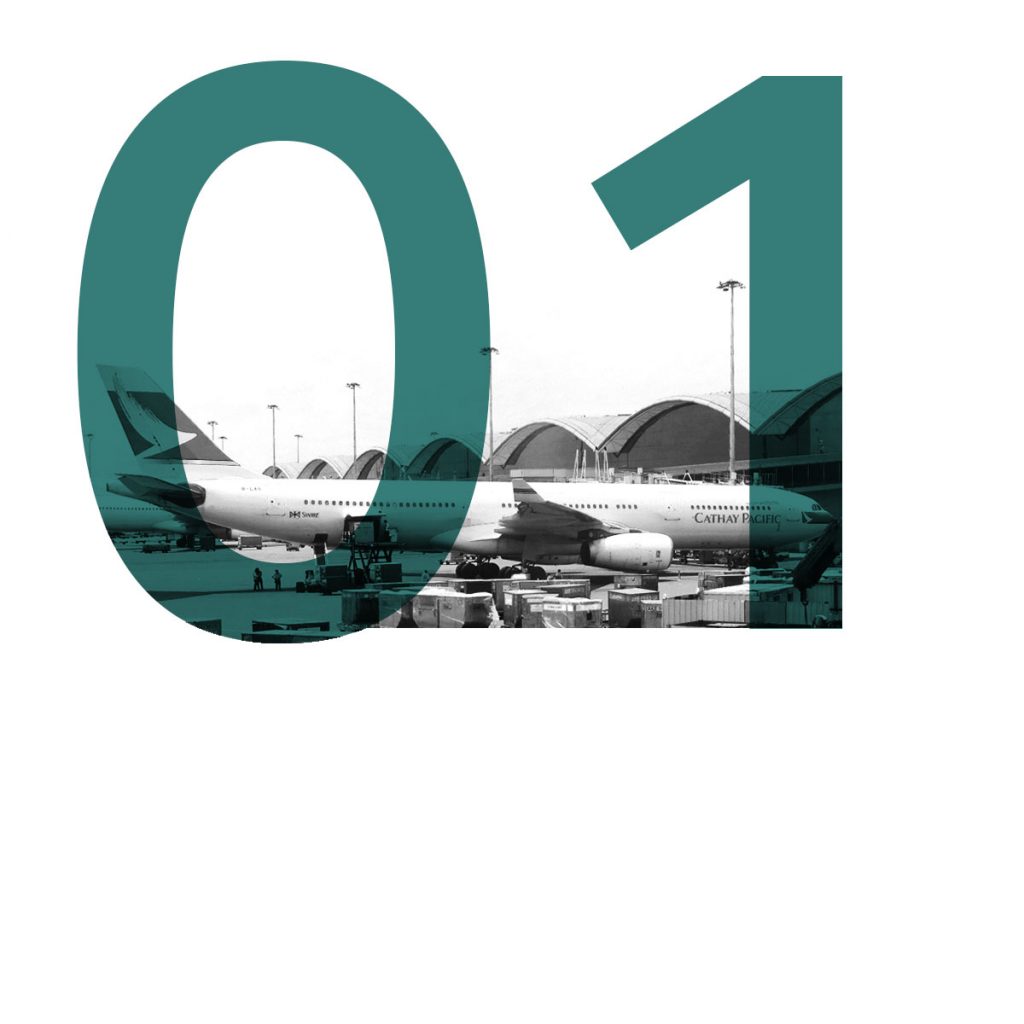
Chek Lap Kok
On 6 July 1998, Chek Lap Kok opened for business when Cathay Pacific flight 889 landed at 6:27am from New York. The overnight shift from Kai Tak, the old airport with its white-knuckle-landing runway, had gone smoothly but technical glitches bedevilled early operations. Very soon though, it would soar to be one of the world’s best airports, and one of the most important symbols of Hong Kong.
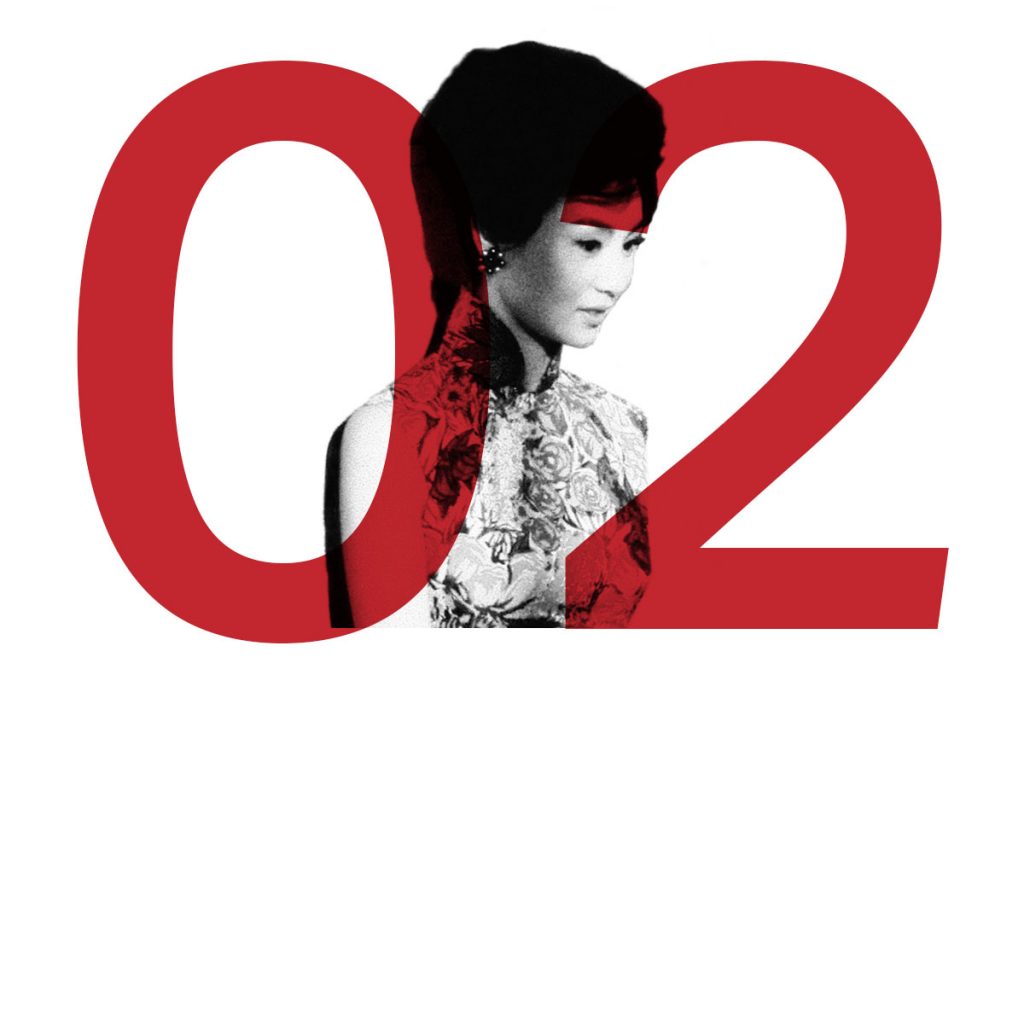
In The Mood For Love
Tony Leung won Best Actor at the 2000 Cannes film festival for his role in Wong Kar-wai’s critically acclaimed film. Its poignant depiction – both visual and aural – of 1960s Hong Kong shifted the cinematic representation of the city from Bruce Lee and triads to brooding retrospection.
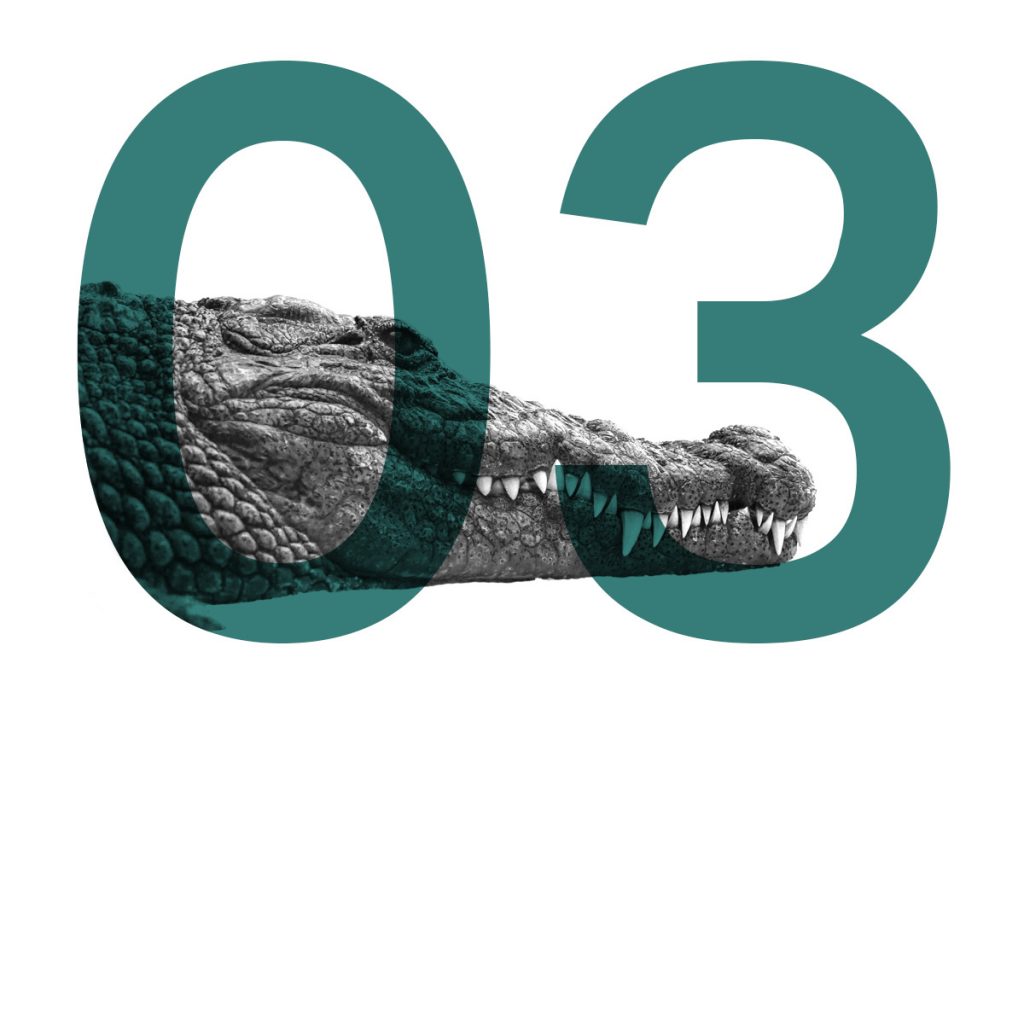
Pui Pui
During the autumn of 2003, a non-native crocodile in a Yuen Long river began a seven-month standoff with officialdom, evading an imported Australian croc-hunter and experts from China. Its wily escapades diverted the uncertain, post-Sars public. It now resides at the Hong Kong Wetland Park.
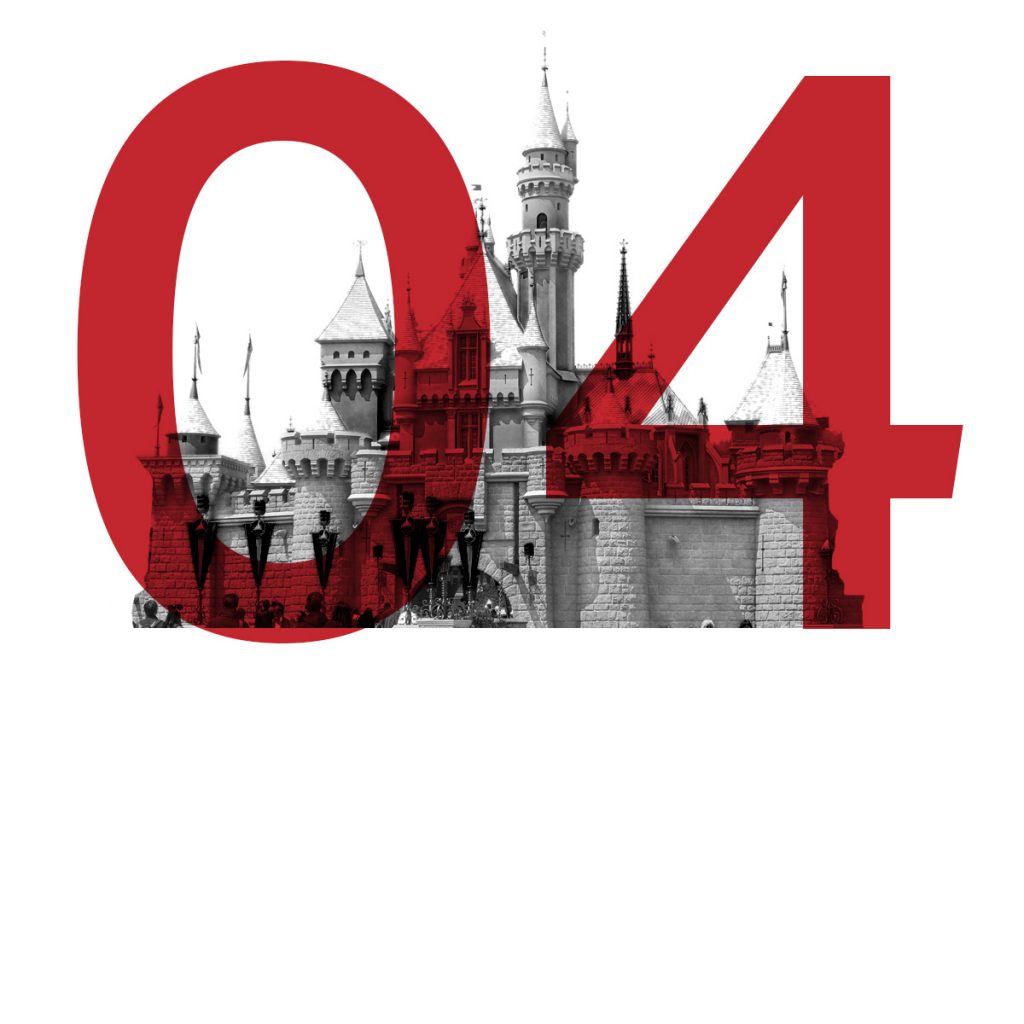
Theme parks
The city’s original theme park, Ocean Park, had opened back in 1977 – with its very Hong Kong mix of rollercoasters and cute animals. Then Disneyland happened. In September 2005, the local Magic Kingdom arrived on the scene, the smallest of Disney’s theme parks. It was specially tailored to the Chinese market: in homage to Hong Kong’s love of all things spooky, its Halloween celebrations are considerably more hardcore than in Walt’s other worlds.
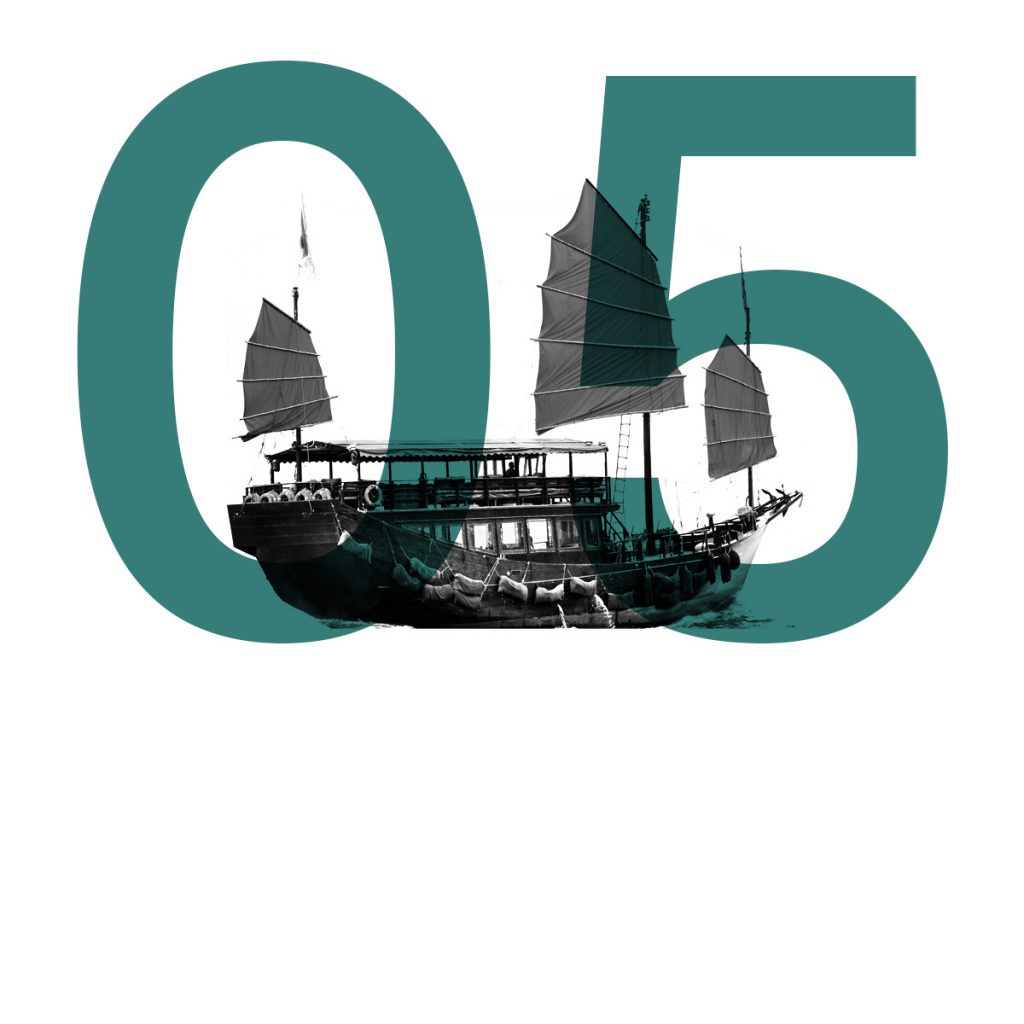
Junks
Instantly recognisable symbols of Hong Kong, these traditional bat-winged boats have returned to the harbour in recent years. The Duk Ling, built in Macau in 1955, and the two Aqua Luna junks (built in 2006 and 2017 by one of Hong Kong’s last wooden-boat builders) are now highly photogenic icons of the past set against the city’s futuristic backdrop.

Ferry piers
The Star Ferry and Queen’s piers in Central were demolished in 2006 and 2008, as part of ongoing land reclamation. The razing was preceded by months of protest. Nostalgia, and issues about these important symbols of Hong Kong, had raised heritage awareness: the term ‘collective memory’ entered the SAR’s public consciousness.
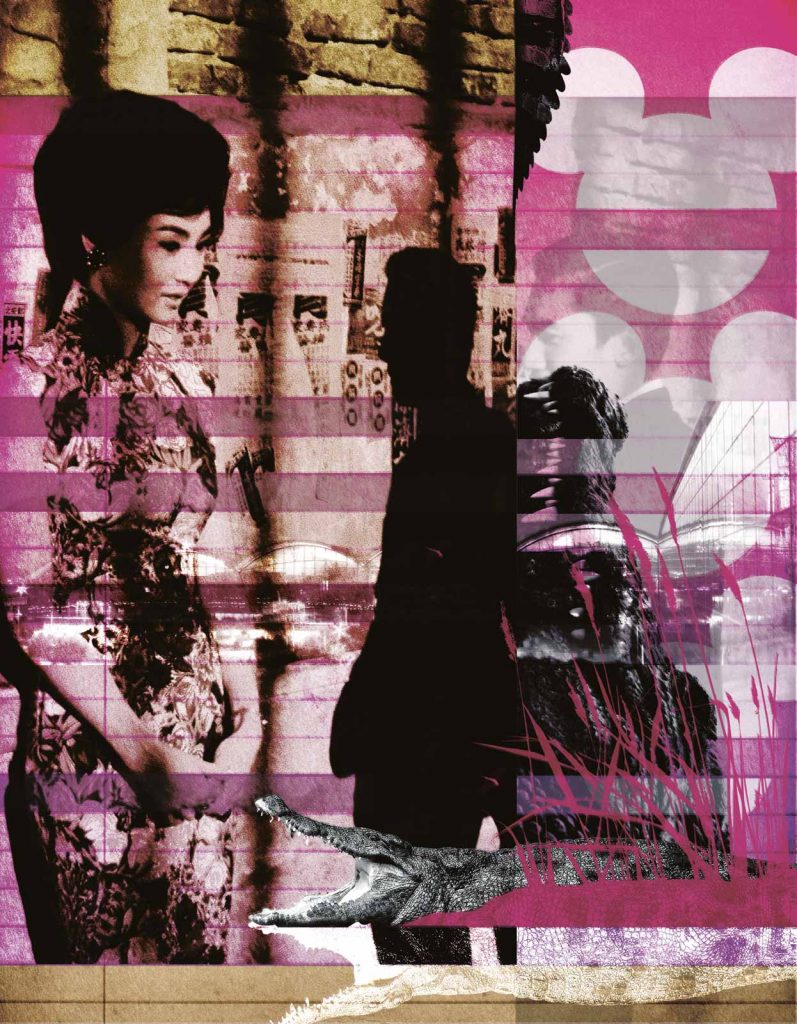
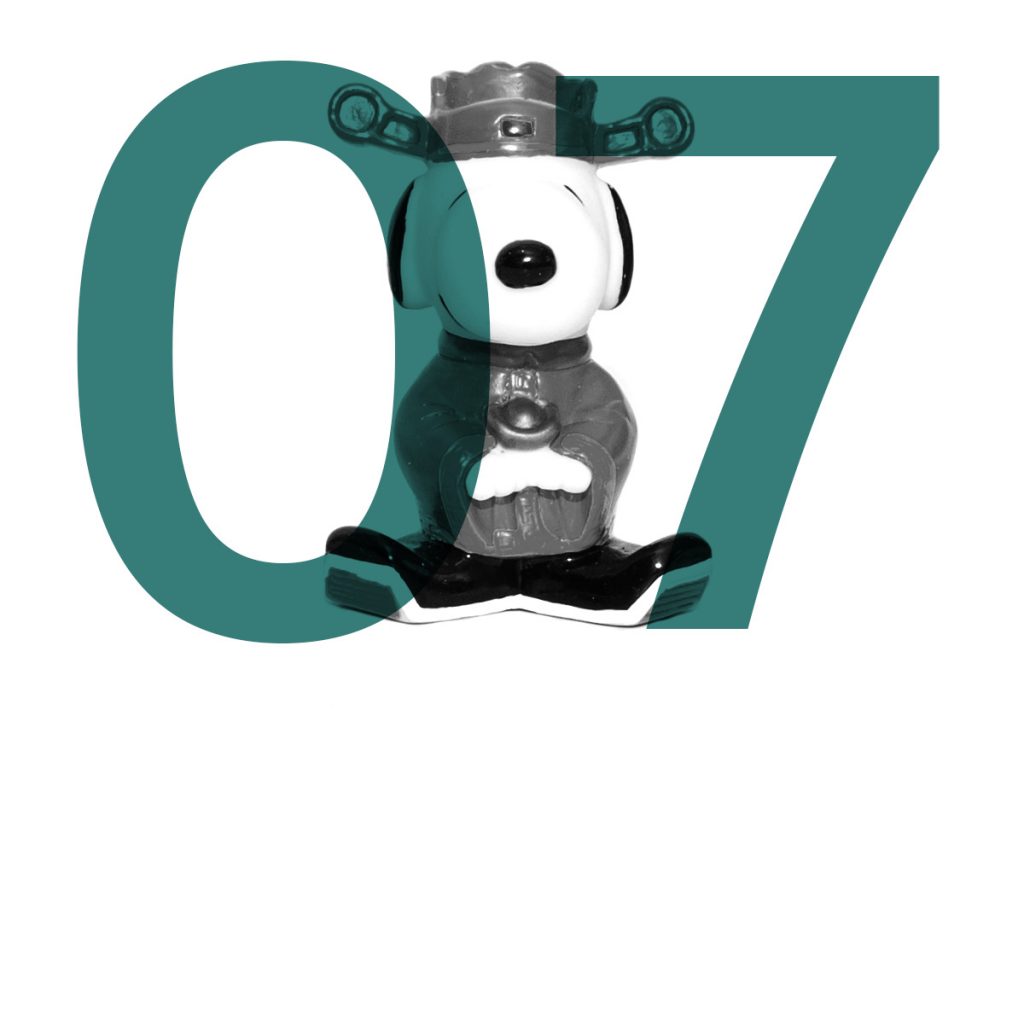
Snoopy
In September 1998, McDonald’s launched a meal promotion selling Snoopy figures variously dressed in 28 national costumes. Mayhem ensued as the city went collectible crazy: police were required to control unruly queues. Baffled experts attributed the low-end consumer desire, and profiteering, to the Asian financial crisis.

King of Kowloon
Tsang Tsou-choi died in 2007, aged 86. He left no money but his imprint – the graffiti he painted obsessively on the city plus his claim to Kowloon royalty – still lingers, an appreciated individuality. In May, there was a public outcry when some of his work was accidentally erased.
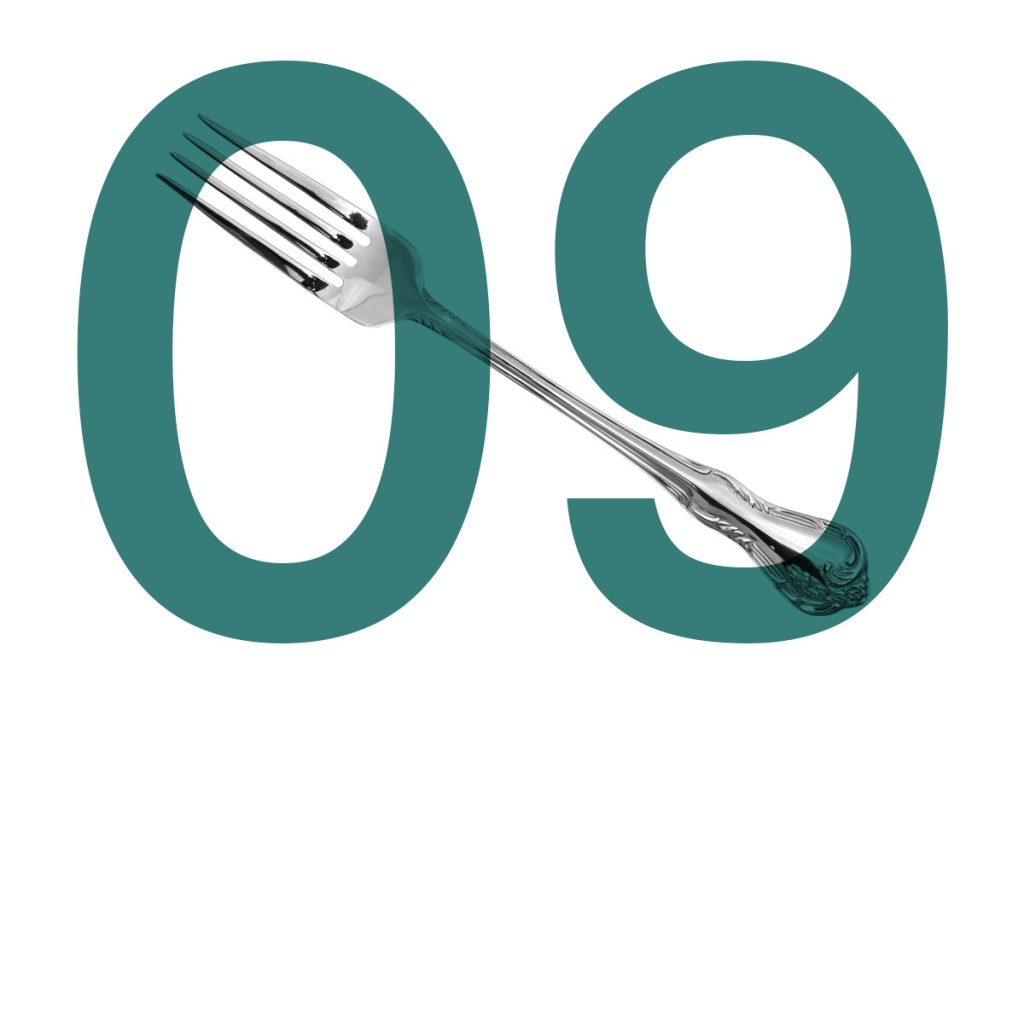
Michelin Guide
The city’s dining diversity (including private kitchens and a varied coffee scene) has improved remarkably in the past two decades. Michelin’s Hong Kong and Macau edition was launched in December 2008. Purists questioned the inclusion of some exceptionally cheap spots but a street food section was added in 2016.

Dogs
Hong Kong’s canine love affair may be recent (and the Bowen Road dog poisoner still occasionally resurfaces) but it is intense. Ownership has rocketed in the last 20 years along with canine commerce. Dog grooming, dog accessories and dog bakeries are flourishing despite official resistance to dogs in public places.

ICC
At 484 metres tall, the International Commerce Centre (opened in 2010) in West Kowloon is the city’s tallest building. In 2013, it made Guinness World Records for its sound and light show, which uses 50,000 square metres on two sides of the building. Watch it each evening between 7:45-8pm and 9-9:15pm.

IFC
Facing off against the ICC across the harbour is Two International Finance Centre (IFC) – Hong Kong’s second tallest building. Notably, Lara Croft (in 2003) and Batman (in 2008) have, each, elegantly swooped off the skyscraper known, rather inelegantly, as the Hong Kong Finger.

Art Basel
In 2008, an art fair called ART HK opened in a culturally undeveloped city. In the following years, galleries such as Gagosian and White Cube began to appear. By 2013, Art Basel had arrived, bringing its international caravan in tow; and Hong Kong – a constant work in progress – had, once more, transformed itself.
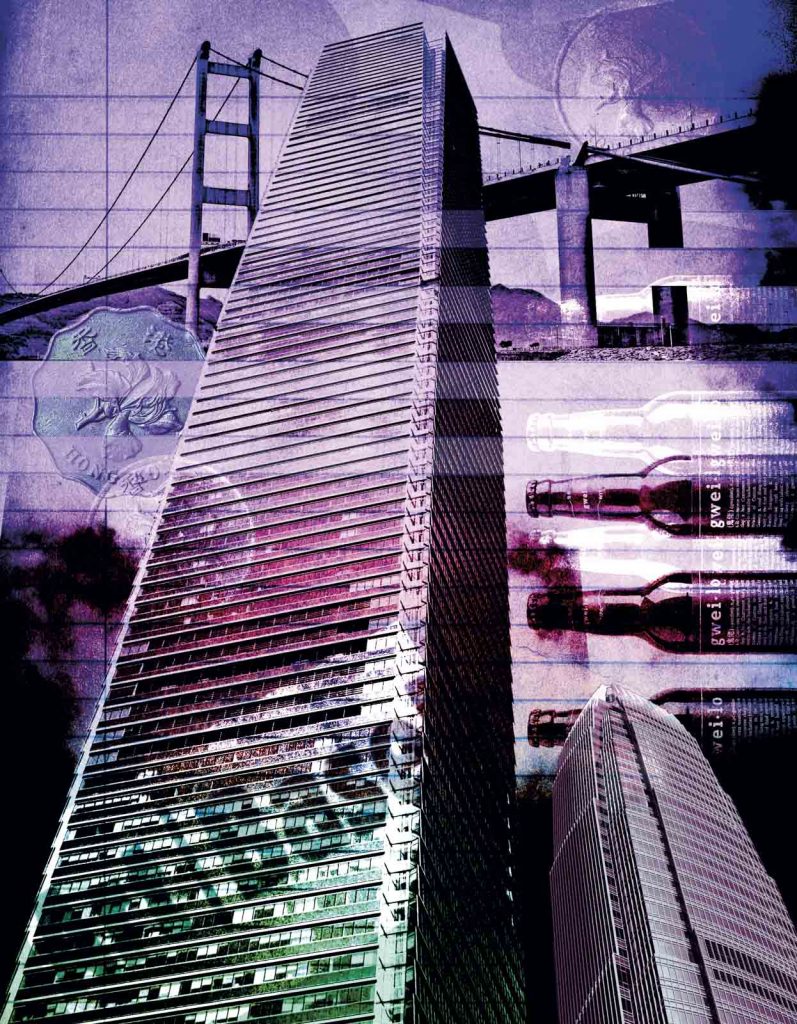

Bauhinia coins
It was the decision of Joseph Yam Chi-kwong, former chief executive of Hong Kong Monetary Authority, to replace Queen Elizabeth’s head on the back of the city’s coins. The replacement was that most enduring Hong Kong symbol: the bauhinia flower. Coins with Queen Elizabeth on the back are still in circulation – and could net you a tidy fortune (to give you an idea: an old five cent coin recently sold at auction for HK$5,000).

Tsing Ma Bridge
Squeaking up just before the 1997 handover and holding the title of the world’s 11th-longest suspension bridge, the Tsing Ma Bridge crosses Hong Kong’s western Ma Wan Channel – but is better known for being the bridge that everybody crosses en route from Hong Kong’s urban core to the airport.
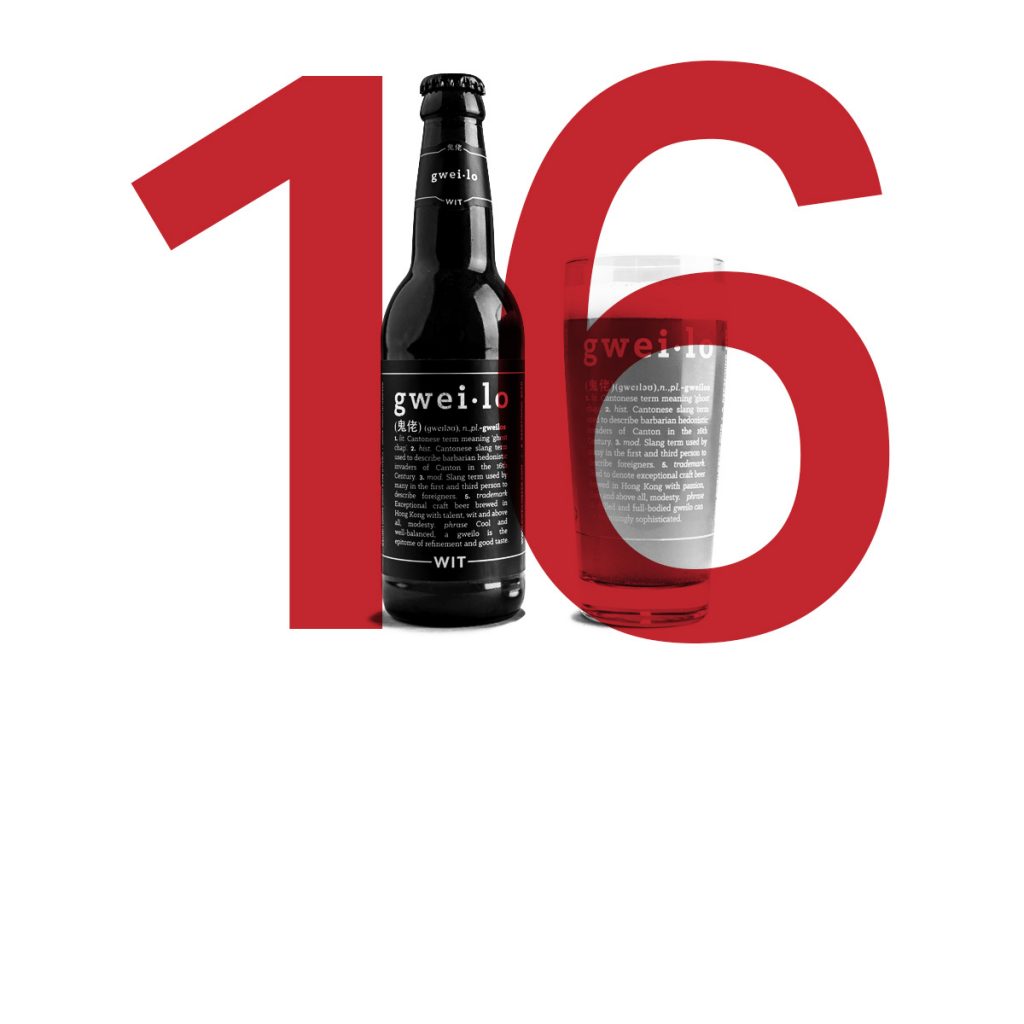
Gweilo Beer
This craft brewery first turned on the taps in 2014, after two Brits living in Hong Kong decided to brew their own rather than, we assume, pay the city’s (often wallet-busting) prices. The beer is both award-winning and tongue-in-cheek: its distinctive monochrome label is a dictionary definition of the Cantonese word ‘gweilo’, meaning ‘ghost chap’ – commonly used to describe Westerners.

McDull
This young animated pig has starred in everything from government ads advising on pool hygiene and a film about a rice cooker robot to a feature in this very magazine. Created by cartoonists Alice Mak and Brian Tse, McDull rose to city-wide fame in the late 1990s for his dryly humorous take on growing up in contemporary Hong Kong.

HK Skyline
Ozone, on the 118th floor of the ICC (see point 11), the highest alfresco bar in the world, is very much a modern Hong Kong drinking den: big windows, dim lights, sexy-stylish menu. When you’re in a bar like this, you need to drink a cocktail like the appropriately named HK Skyline – made with rum, absinthe, imperial oolong syrup and lavender ‘smoke’, among a long list of exotic ingredients.

Preservation
Until recently, preserving local heritage didn’t top the city’s to-do list. That is, until a number of landmark projects were launched to protect heritage symbols of Hong Kong: the Aqua Luna II; the proposed adaptive reuse of Hollywood Road’s Central Police Station into restaurants, a museum and an art gallery; plus the landmark end-of-2017 opening of the Murray Hotel – a super-luxe boutique designed by Foster + Partners in the Murray Building, a former government office, on Cotton Tree Drive.
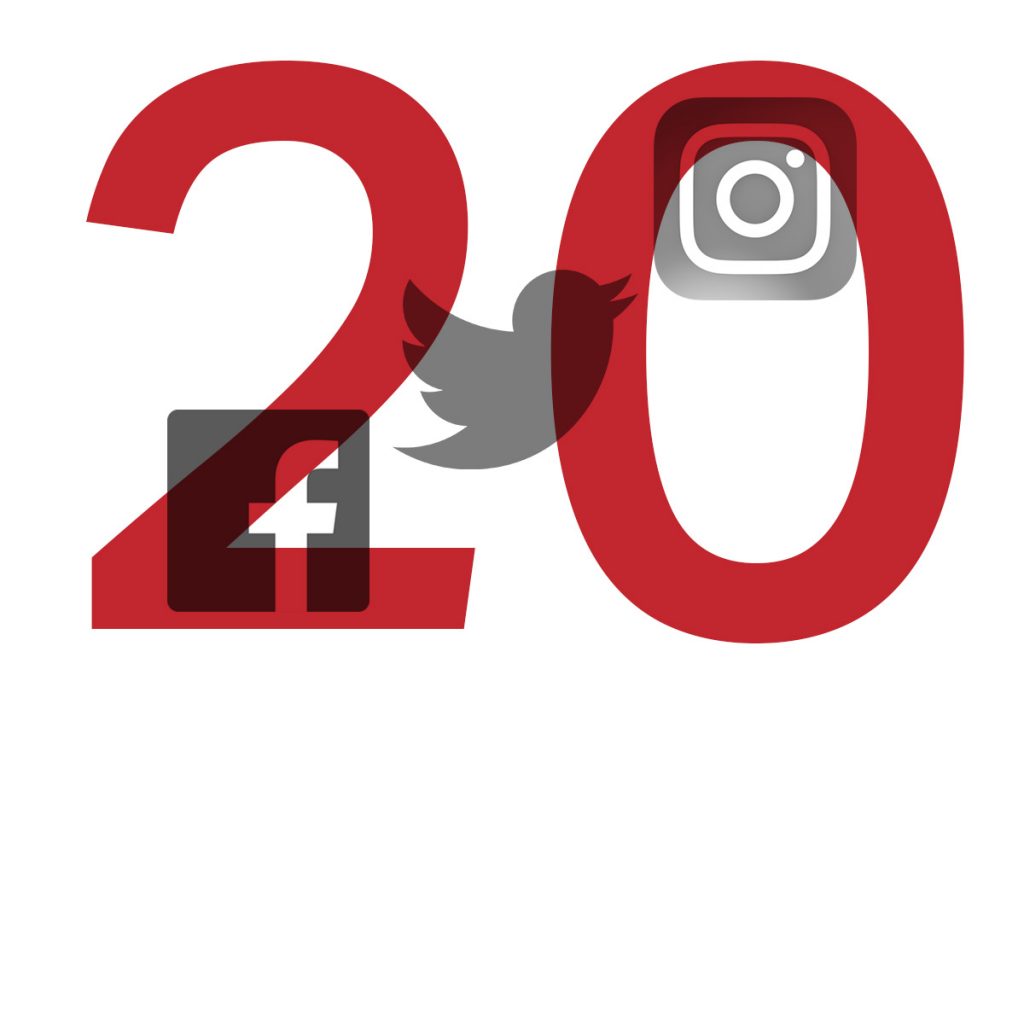
What have we Missed?
We need your help to find the last icon. What are the symbols of Hong Kong for you? Let us know what the last icon should be by tagging #20years20icons on Facebook, Instagram or Twitter. We’ll publish the best suggestions on cathaypacific.com/discovery at the end of July.




